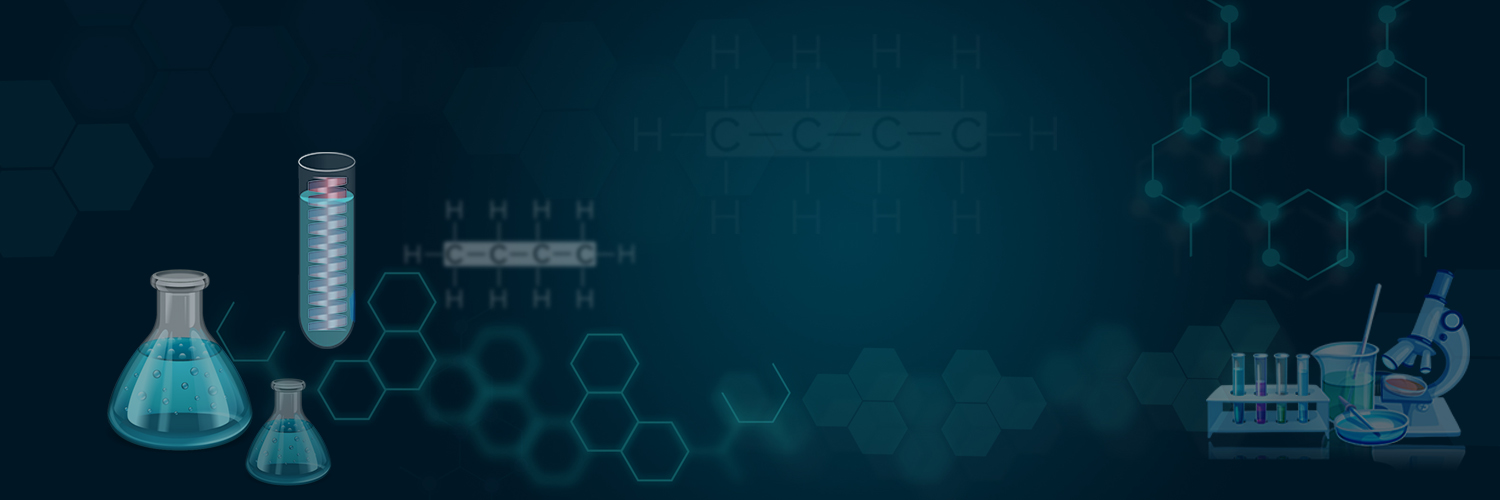What is an atom, molecules?
- Matter has basic structural and fundamental units.
- It is like a storybook containing many pages, each page consisting of paragraphs, and each paragraph having many sentences.
- Each sentence will further have many words and each word will have characters.
- Matter is similarly made up of substances which contain molecules that in turn are made up of groups of atoms. Atoms are the smallest unit of matter.
- Scientists wondered whether matter could be further divided or not in ancient times.
- The idea of divisibility of matter evolved in India around 500 BC when a scientist named Maharishi Kanad stated that matter can be divided into smaller and smaller units.
- The smallest unit of matter after which further division was not possible was known as parmanu.
Properties of atoms and molecules
- A molecule is the smallest unit of a compound that contains its chemical properties.
- Molecules are made up of groups of atoms which are also sub-divided into smaller units, namely proton, electrons and neutrons.
- Nucleus is a bulk mass at the centre of an atom which is otherwise are largely vacant.
- The protons and neutrons are contained inside the nucleus of atom and electrons revolve around the nucleus.
- Protons are positively charged particles whereas electrons are negatively charged particles.
- Neutrons do not carry any charge.
- Nucleus is positively charged due to the presence of protons.
- Atomic number is unique to every element.
- The atomic number of an element is defined as the number of protons present in its nucleus, denoted by Z.
- Mass of atoms refers to the mass of its particles.
- Electrons have negligible mass.
- So the mass of an atom is the sum of the mass of protons and neutrons.
- The mass number is denoted by A.
